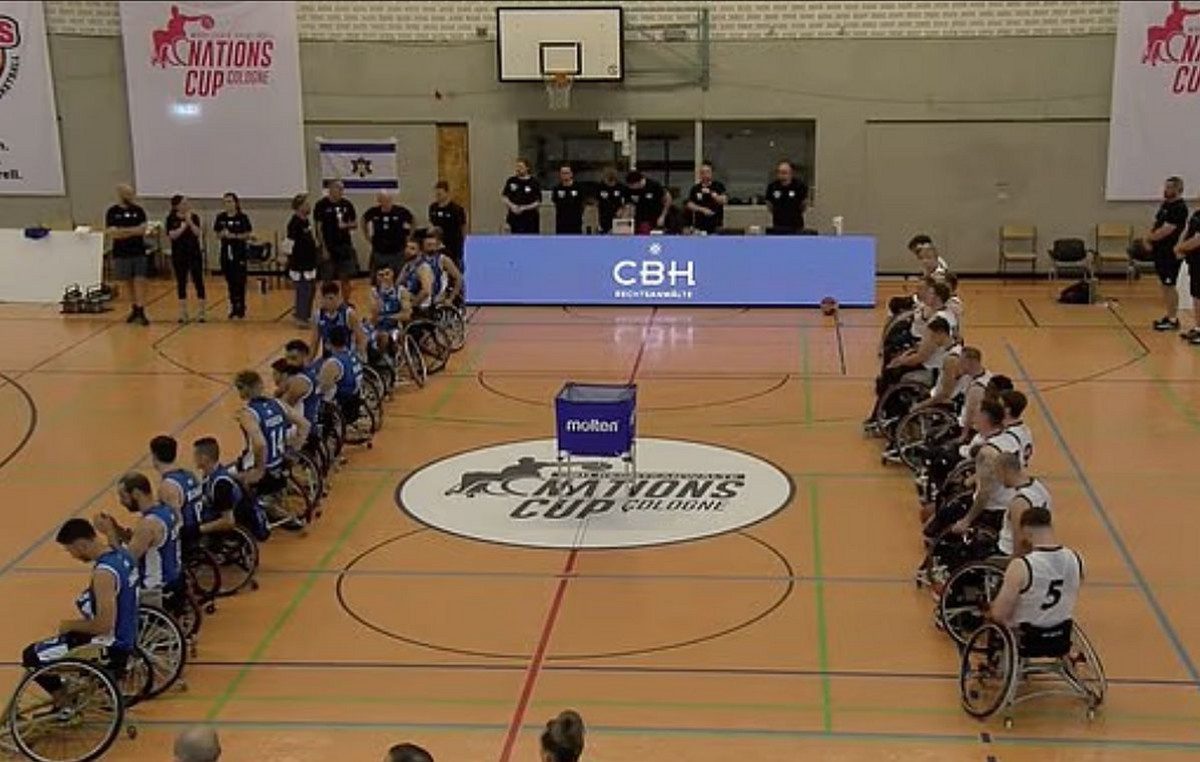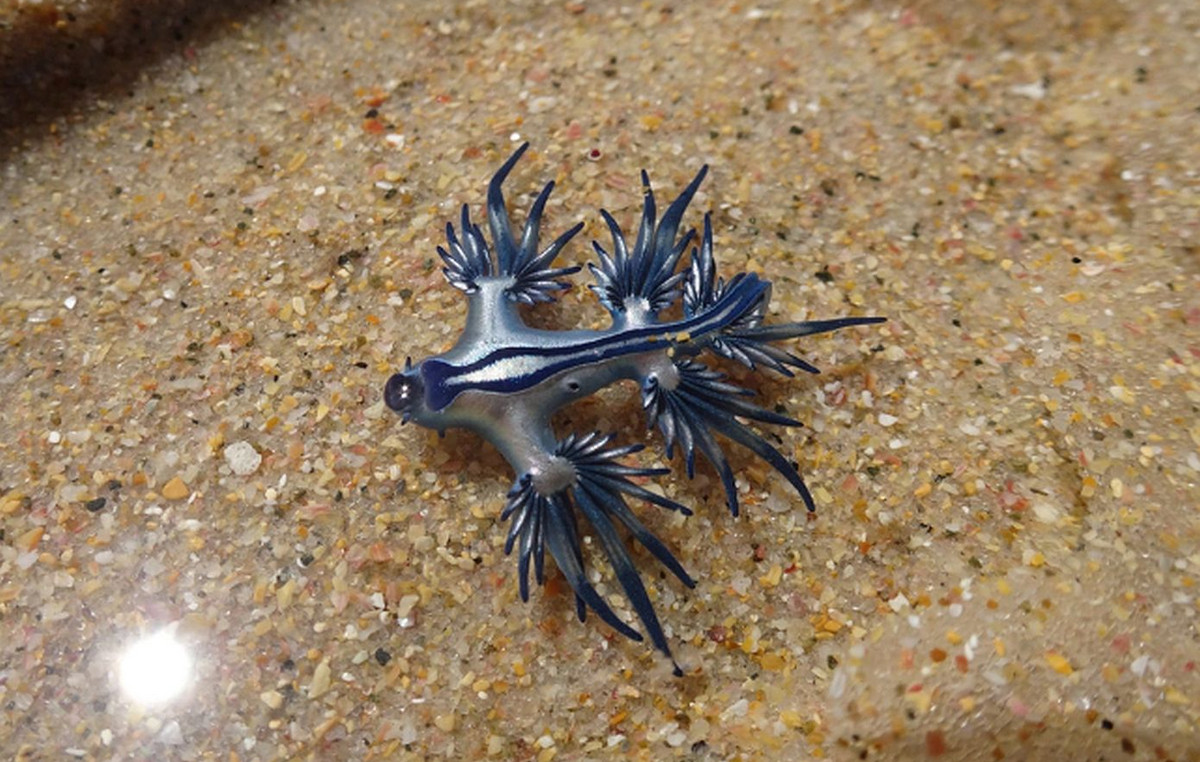Researchers from USP (University of São Paulo) and Fiocruz (Fundação Oswaldo Cruz) in Pernambuco are developing a zika virus vaccine . In tests with mice, the formulation proved to be effective, inducing an immune response against the pathogen and protecting rodents from infection. The results were published in the magazine Frontiers in Immunology.
“Generally, when we talk about vaccines, we think about the inoculation of an attenuated or inactivated virus. DNA vaccines are a more advanced technology that has evolved over the last 30 years to become a powerful therapeutic platform. In this work, we designed four DNA vaccine formulations that encode part of the protein complex that externally covers Zika. And we selected the one that proved to be most effective”, he reports. Maria Sato professor at the Faculty of Medicine (FM) at USP and corresponding author of the article.
In addition to being more technologically advanced, the DNA vaccines they tend to be cheaper and potentially more efficient than those made with inactivated or attenuated viruses. “It is a low-cost technology and relatively easy to work with, as it allows the design of a vaccine formulation by choosing the most important parts of the virus and adding substances [adjuvantes] that enhance the immune response. However, achieving immunogenicity [resposta vacinal] Robusta is a challenge for gene vaccines”, explains Franciane Teixeira first author of the study, conducted during her doctorate at FM-USP.
The research is supported by FAPESP through two projects (19/25119-7 It is 18/18230-6 ). It also received funding from Facepe (Foundation for the Support of Science and Technology of the State of Pernambuco), CNPq (National Council for Scientific and Technological Development), the Oswaldo Cruz Foundation and the European Union's Horizon 2020 program.
DNA vaccine
With the help of molecular biology techniques, the researchers selected sections of the Zika virus genome that encode part of the protein complex that covers the virus externally: the pre-membrane protein (prM) and the envelope protein (E). Furthermore, they deleted specific parts of the viral envelope.
To remain stable, the selected gene sequence was inserted into a structure called a plasmid – a circular DNA molecule obtained from a bacterium that does not cause disease in humans and which, in this case, functions as a protein factory.
When the vaccine formulation is inoculated, the structure formed by the plasmid (which corresponds to the DNA vaccine itself) enters the nucleus of the cells of the immunized organism. Inside, the vaccine sequence code is deciphered and proteins identical to those present in the structure of Zika begin to be produced. This causes the defense cells of that same organism to identify the proteins as if they were the virus itself, then producing antibodies that neutralize the pathogen and triggering other mechanisms that provide protection.
“It is worth highlighting that, just like mRNA vaccines [RNA mensageiro], like those from Pfizer and Moderna against COVID-19, DNA vaccines do not alter the genetic code of those immunized, do not create a new species, or cause autoimmune diseases. They are safe technologies, but they have suffered from a flood of fake news and disinformation”, says Isabelle Viana, researcher at Fiocruz Pernambuco and Teixeira’s co-supervisor.
“We are the result of billions of years of evolution, with constant interactions with other DNA, as happens when we are infected by a pathogen, for example”, adds the researcher.
envelope protein
The researchers chose as the vaccine target the proteins that cover the surface of Zika, with emphasis on a protein called envelope – the main inducer of protective (neutralizing) antibodies against the infection. “We sought to evaluate the modulation of the regions that make up the viral envelope protein and, to do so, we removed the regions of this protein that retain it in the cell membrane, which are called portions stem and transmembrane”, explains Teixeira.
According to the study authors, the approach facilitated improved expression of these Zika proteins by the body after immunization, leading to increased production of antibodies against the virus.
The formulation called ZK_ΔSTP proved to be much more immunogenic compared to the other three designed by the group of researchers. “This strategy corresponds to the removal of the entire anchoring region of the Zika envelope protein to the cell membrane, keeping only its extracellular portions expressed. The vaccine induced a high response from the adaptive immune system in adult mice, with high levels of neutralizing antibodies [resposta humoral] and the generation of T and B lymphocytes [resposta celular]”, account.
The incorporation of aluminum hydroxide salts as an adjuvant led to a sustained neutralizing response, protecting the mice after they were exposed to the virus. “The results showed that the vaccine is efficient and should continue to be developed through further translational studies,” says Teixeira.
Challenges
Despite scientific advances since the last Zika outbreak in the Americas, There are still no approved treatments or vaccines against the disease. . In addition to economic issues, there is a particularity of the pathogen that makes the development of an immunizer more challenging: Zika is very similar to the four dengue serotypes.
“The risk is what we call a cross-reaction, that is, the antibodies produced by the Zika vaccine recognizing the dengue virus. This may seem positive at first, but if not done well, it can pose some risk”, says Viana.
The researcher explains that it is common for a second dengue infection to be more serious, as the body has already developed antibodies against that virus.
“If these antibodies are not potent enough to prevent a second infection with another dengue serotype, the opposite effect occurs. Antibodies bind to the virus and make the host cell engulf the pathogen more easily. In this way, the body itself helps the virus to infect cells,” he explains.
Viana comments that studies carried out by his group have already shown that practically the entire Brazilian population has immunity to at least one dengue serotype. “Therefore, there is a concern when formulating a vaccine against Zika: ensuring that people who have already had dengue will not experience this phenomenon. In the tests we carried out on mice, our vaccine formulation induced the neutralization of only the Zika virus, which is a great sign that it does not identify dengue virus serotypes and, therefore, does not induce a cross-reaction”, he states.
The article Enhanced immunogenicity and protective efficacy in mice following a Zika DNA vaccine designed by modulation of membrane-anchoring regions and its association to adjuvants can be read at: www.frontiersin.org/articles/10.3389/fimmu.2024.1307546/full .
Source: CNN Brasil
I am an experienced journalist and writer with a career in the news industry. My focus is on covering Top News stories for World Stock Market, where I provide comprehensive analysis and commentary on markets around the world. I have expertise in writing both long-form articles and shorter pieces that deliver timely, relevant updates to readers.







